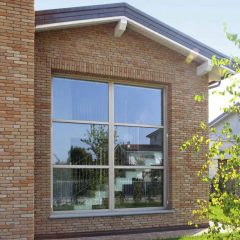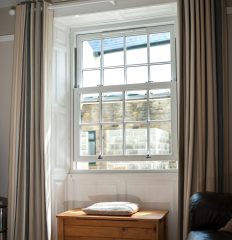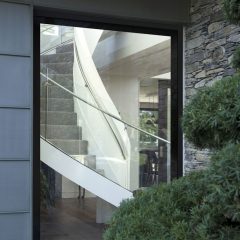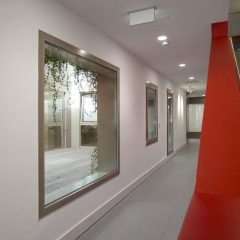Innovations in glass making have altered the window world. Companies like Innovative Glass fabricate glass that can be see-through one moment, then completely opaque on demand with what they call eGlass®. It can tint on demand and control natural light without additional treatments. The ability to alter between tinted and transparent allows the glass to regulate the temperature within a room. This is a solar control solution, providing a higher level of energy efficiency.
Vacuum glazing allows manufacturers to achieve a low U value, equalling the thermal performance of double glazing while being as thin as a single-glazed pane. One pane of clear float glass is combined with another of low-emissivity glass; they are separated by a micro spacer grid of small pillars each measuring 0.5mm in diameter, set 20mm apart. After welding the edges together, creating a hermetic seal, the air is removed from the center from an extraction point on the window.
Glass options:
Low-emissivity glass (low-E glass): Lets light and heat in but helps prevent heat from escaping
Reflective glass, tinted glass, spectrally selective glass: Reduces the entrance of heat and light when needed
Laminated glass: Absorbs ultraviolet light and heat, reduces noise
Toughened glass: Stronger than standard glass, withstands impacts, shatters into small pieces if broken to avoid causing injury












